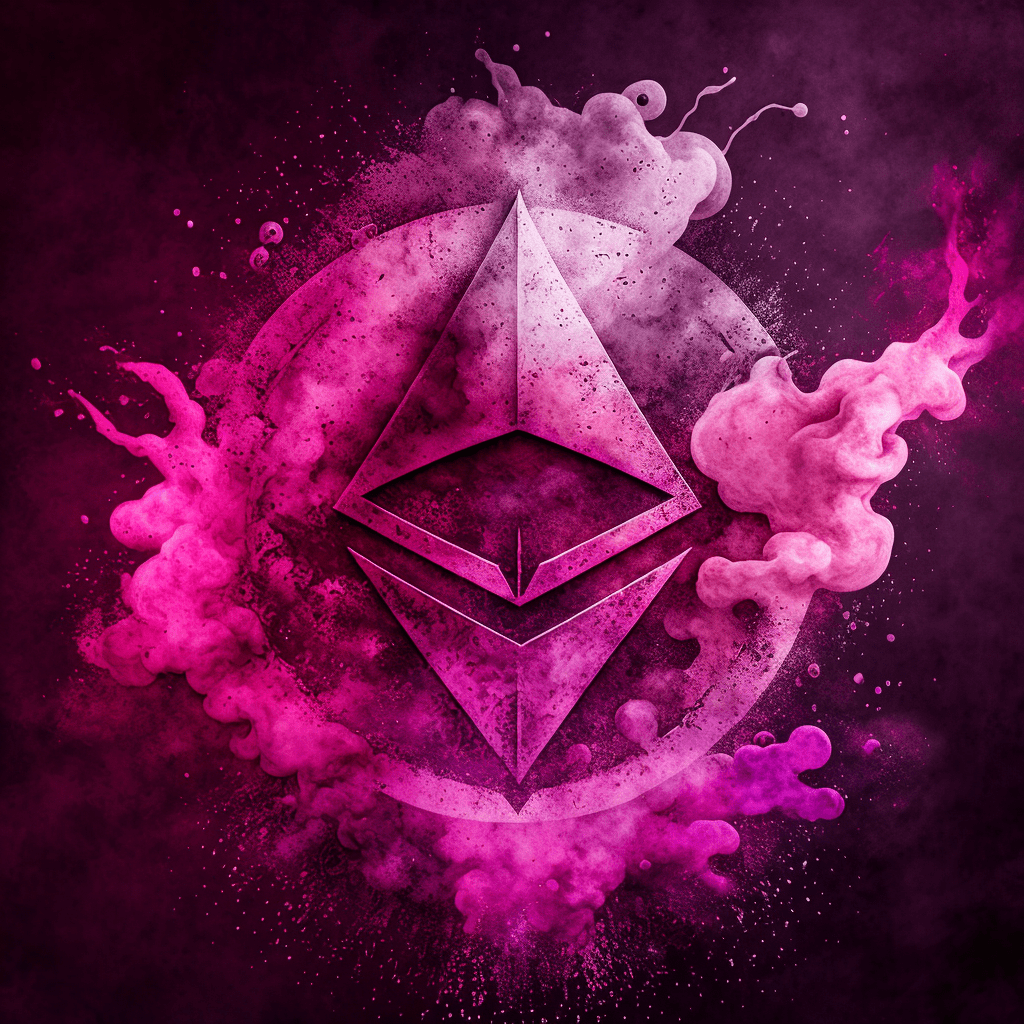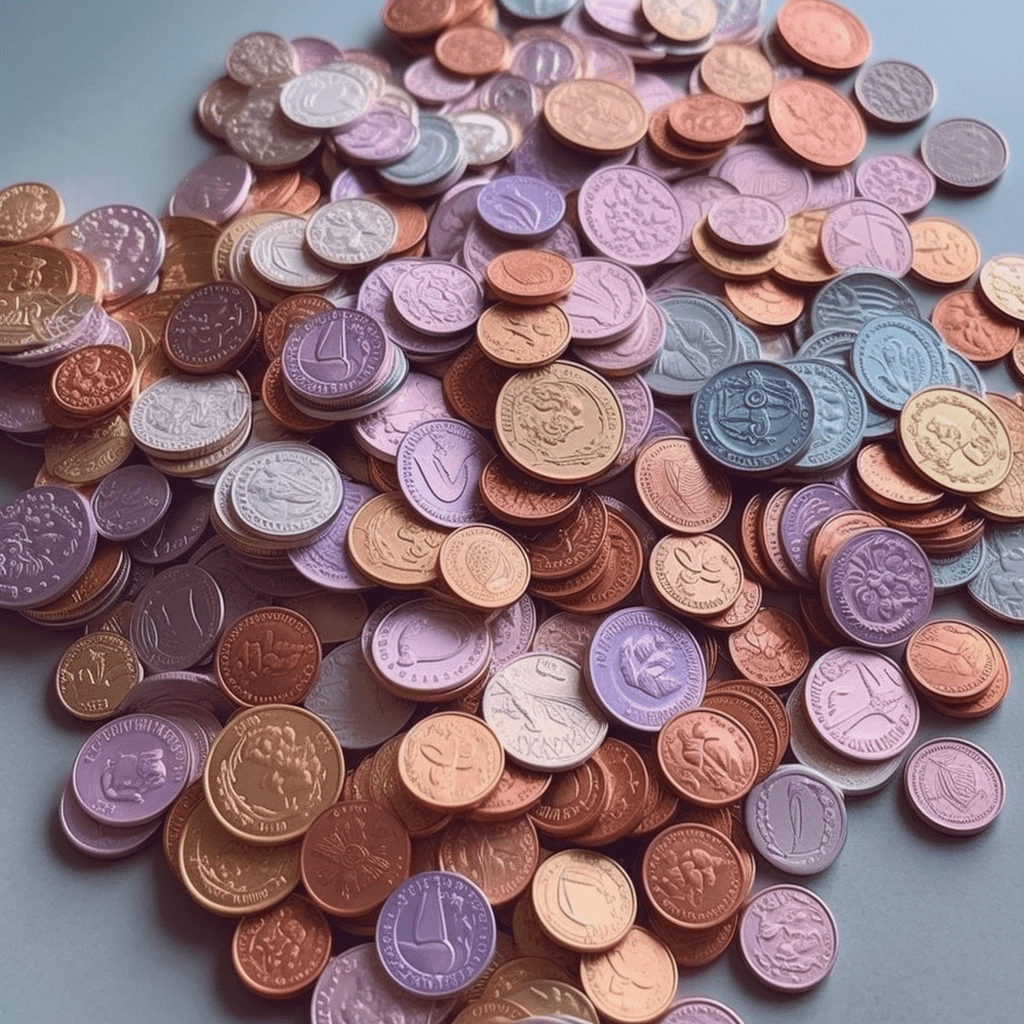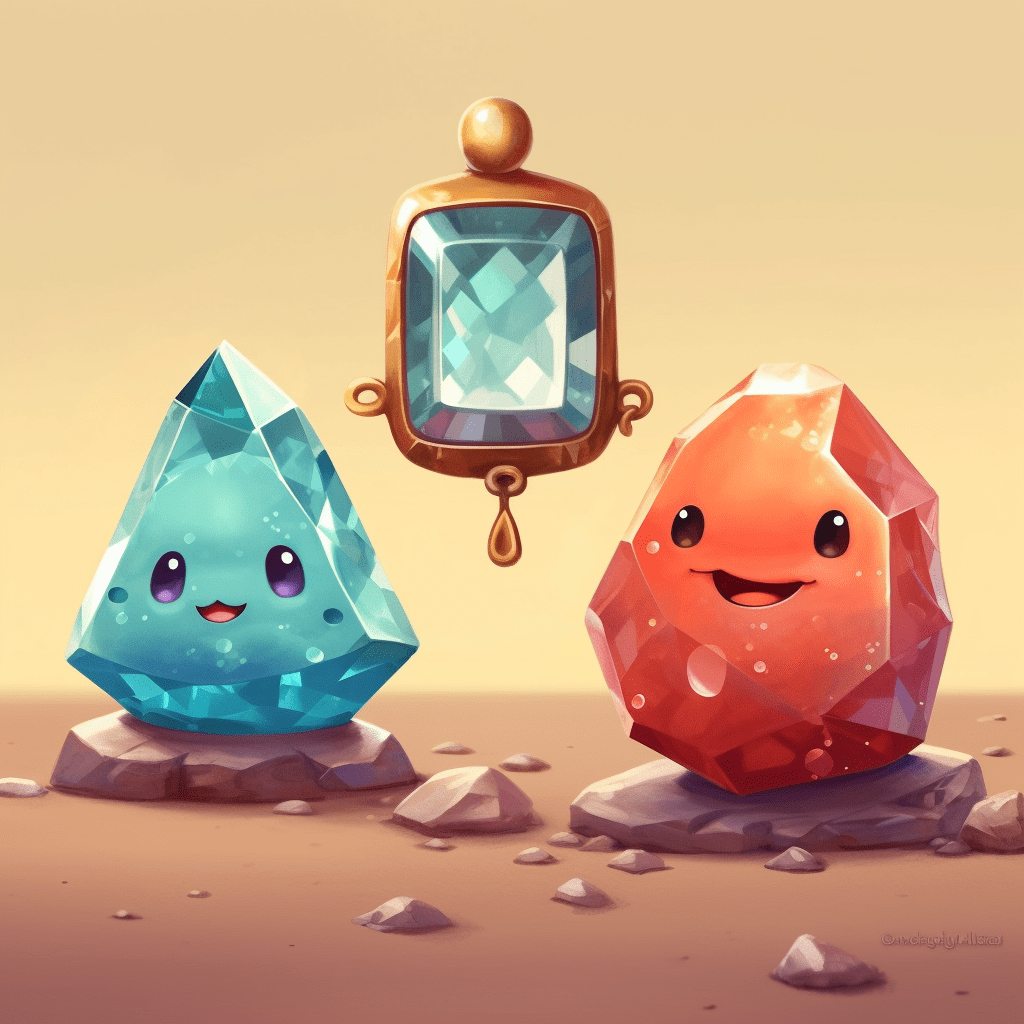The NFT (non-fungible token) market has exploded in popularity, giving rise to a new era of digital ownership and art. This booming industry has attracted artists, creators, collectors, and investors alike, all interested in the potential of these unique digital assets. However, as the space matures, a common question many are asking is, “how can I determine the ROI (return on investment) of my NFT collection?”
To answer this question, it’s important to consider a few key factors such as the initial cost to create an NFT collection, the sales price of your NFTs, and the costs of maintaining and promoting your collection. In this article, we’ll break down these factors and provide you with a comprehensive guide on calculating the ROI of your NFT collection.
Understanding the Costs to Create an NFT Collection

The first step in calculating your ROI is understanding the cost to create your NFT collection. As we’ve discussed in a previous article, the cost of creating an NFT collection can vary greatly depending on the platform you choose to mint your NFTs.
For instance, on Ethereum-based platforms like OpenSea or Rarible, the primary cost is associated with gas fees, which are required for any transaction on the Ethereum network. These fees can range from $50 to $150, and even higher when the network is congested.
On the other hand, Binance Smart Chain (BSC) platforms like BakerySwap or TreasureLand, and Flow Blockchain platforms like VIV3, typically offer much lower transaction fees. However, they may charge a commission on sales, which can eat into your profits.
Remember, these costs are just the tip of the iceberg. To truly understand how much it costs to create an NFT collection, you should also consider the cost of creating the digital artwork itself, which can include artist fees if you’re not creating the art yourself, as well as potential legal costs for copyrighting your work.
Calculating Revenue from NFT Sales
Once you’ve understood the cost of creating your NFT collection, the next step is to look at the revenue from your NFT sales. This is typically the most exciting part for most NFT creators, as it’s where you see the fruits of your labor.
The revenue from your NFT sales will depend on a few key factors, such as the rarity and quality of your NFTs, the demand for your NFTs in the market, and the pricing strategy you choose to follow.
A common approach to pricing NFTs is to price them based on their rarity or uniqueness. For example, if you have a collection of 10,000 NFTs, you might choose to price the most common NFTs at a lower price point, while the rarest NFTs might be priced significantly higher.
Keep in mind that the NFT market can be quite volatile, and the value of your NFTs can fluctuate significantly over time. Therefore, it’s important to keep a close eye on the market and adjust your pricing strategy as needed.
Considering Ongoing Costs

While the initial cost to create an NFT collection and the revenue from NFT sales are the two main factors in determining your ROI, it’s also important to consider any ongoing costs associated with maintaining and promoting your collection.
Maintaining an NFT collection can involve costs such as platform fees for listing your NFTs, transaction fees for transferring ownership of the NFTs to buyers, and potentially even storage fees for storing your digital assets on a blockchain.
Promoting your NFT collection can also involve significant costs, such as marketing and advertising expenses. These costs can vary greatly depending on your promotional strategy, but they’re a crucial part of driving demand for your NFTs and achieving successful sales.
Whether you’re investing in social media ads, influencer partnerships, PR outreach, or community building, these marketing costs need to be factored into your ROI calculation.
Calculating Your ROI
Now that you’ve considered the costs of creating, maintaining, and promoting your NFT collection, as well as the revenue from your NFT sales, you can calculate your ROI.
The basic formula for ROI is:
ROI = (Net Profit / Total Investment) * 100%
In the context of NFTs, your net profit would be your total sales revenue minus your total costs (creation, maintenance, promotion). Your total investment is the total cost incurred to create and promote your NFT collection.
For example, if you spent $5,000 to create and promote your NFT collection and earned $20,000 in sales, your net profit would be $15,000. So, your ROI would be:
ROI = ($15,000 / $5,000) * 100% = 300%
This means you earned back 3 times your original investment.
Adjusting Your Strategy for Better ROI

If you’re not satisfied with your ROI, there are several strategies you can explore to improve it.
One of the most straightforward ways is to increase your sales revenue. This could involve adjusting your pricing strategy, creating more appealing or rare NFTs, or improving your marketing and promotion efforts to reach a wider audience.
Another approach is to reduce your costs. This could involve choosing a more cost-effective platform to mint your NFTs, reducing your marketing expenses, or finding more efficient ways to create your digital art.
Lastly, building a strong community around your NFT collection can also significantly improve your ROI. A strong community can help drive demand for your NFTs, increase their value in the secondary market, and provide you with valuable feedback to improve your collection.
Calculating the ROI of your NFT collection is not just about crunching numbers. It’s about understanding the value you’re providing to your buyers, continuously improving your collection, and making strategic decisions to optimize your profitability.
